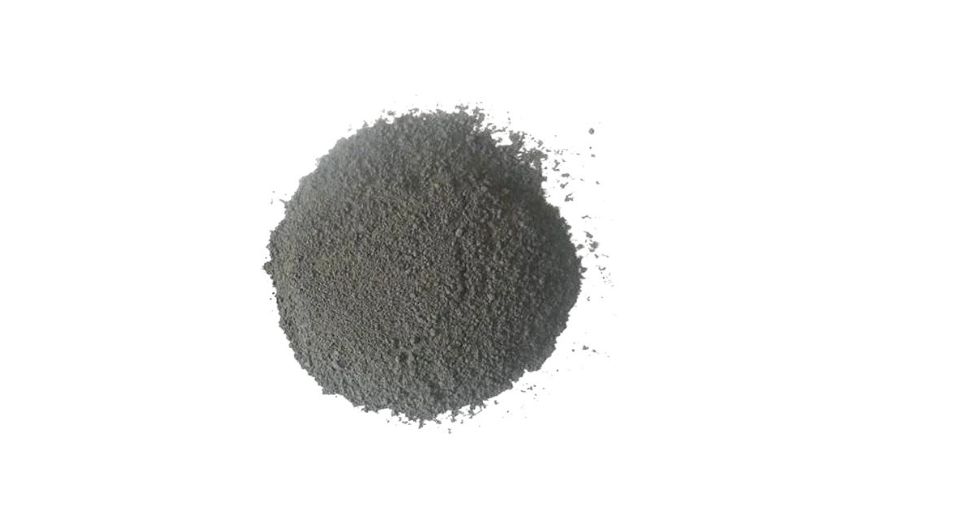
Mar 27, 2025

According to the report made by Metastat Insight, the global iron powder market reflects many changes due to industrial applications and technological advancements. Iron powder, which may be defined as finely milled iron, is the primary material in automotive, metallurgy, and electronic applications. Through all its versatility and properties, it remains a key material in new manufacturing processes.
A common application of iron powder is powder metallurgy where powdered metals are compacted and sintered to form solid metal parts. This method allows one to manufacture very complex shapes with high precision but at the same time having very little material waste and machining. The automotive field has injected manufacturing components from powder metallurgy fully such as gears, bearings, and sprockets. The ability to make parts that are lightweight and potentially sturdy is a source of value improvement in fuel efficiency and performance of motorized vehicles. As a continuation of politics of environmental regulation and consumer preferences to less-energy consuming vehicles, the dependency on components using iron powder strengthens.
Iron powder hasn't just made the passage from traditional manufacturing to additive manufacturing, known as 3D printing. Layer-by-layer construction of solid objects is also available with the added flexibility for rapid prototyping. Being ready with the additive application, iron powder opened new ways in realizing complex metals structures for aerospace, medical implants, and custom tools. It radically altered product development cycles by enabling the manufacture of very complex geometries beyond the boundaries of conventional machining, thus streamlining speed and reducing time to market.
Iron powder is also used in producing soft magnetic components, where applications range from common inductors and transformers to power trainers, AC-to-DC converters, and communication apparatus. These parameters affect all electrical devices, whether small domestic supplies or power-hungry megawatt installations. The nature of the magnetic properties of iron powder offered with the cost makes it an attractive material for these applications. The demand for electronic devices in the world has been explosive; hence, the search for efficient and reliable magnetic components has increased and so is the trend in the iron powder market.
Iron powder greatly helps the chemical industry as a catalyst in a variety of reactions like its application in synthesizing ammonia using the Haber-Bosch process. Its activity and surface area efficacy make iron powder facilitate chemical transformation in fertilizers, pharmaceuticals, and other very crucial chemicals. As industrial sustainable chemical processes in the future are hoped for, therefore, intense efforts are necessary to achieve production quality of iron powder as an industry catalyst.
Geographically, the Asia-Pacific has emerged strong in the iron powder market. Fast industrialization and booming automotive and expanding electronics industries in China, India, and Japan have led to high consumption of iron powder. Raw material availability and cheap labor contribute to the region's competitive manufacturing advantages. It is predicted that this growth will continue, as infrastructure development and technological advancement promote the applications of iron powder in various industries.
In North America and Europe, advanced manufacturing processes coupled with sustainability have all contributed to the sudden interest in iron powder. While the regions would merge additive manufacturing with lightweight automobile components, this will in turn help with the two regions' goal of lowering carbon emissions and increasing energy efficiency. Research and industry collaborations have greatly enhanced the novelty of their application towards the resulting fantastic and enhanced material properties or processing techniques.
Supply and price fluctuations of raw materials due to supply-based raw material dynamics further characterize the global iron powder market. Iron ore being present to produce the powder which is energy extensive makes price and supply stability vulnerable. Manufacturers, on the other hand, are inventing possible alternative production methods and also strategies on how to recycle iron materials to offset that and make a stable supply of iron powder to suffice industrial demand.
Prompted by environmental considerations, "green" methods of making iron powder are being researched. The reduction of carbon footprint as well as lowering energy consumption in manufacturing processes is catching up speed. Developments like hydrogen-based reduction methods hold promise for a greener production of iron powder with a reflection of global sustainability targets and enhance its receptiveness in environmentally conscious markets.
The Metastat Insight report indicates that the global iron powder market is in a transition undergoing rapid transformations due to different industrial applications and technology advancements. From powder metallurgy, iron powder finds applications in additive manufacturing, thereby supporting innovations in several sectors. As industries focus on efficiency, sustainability, and performance, demand and therefore supply for high-quality iron powder is one expected to grow steadily, reaffirming the place of iron powder in the modern realm of manufacturing and technology development.
Drop us an email at:
Call us on:
+1 214 613 5758
+91 73850 57479